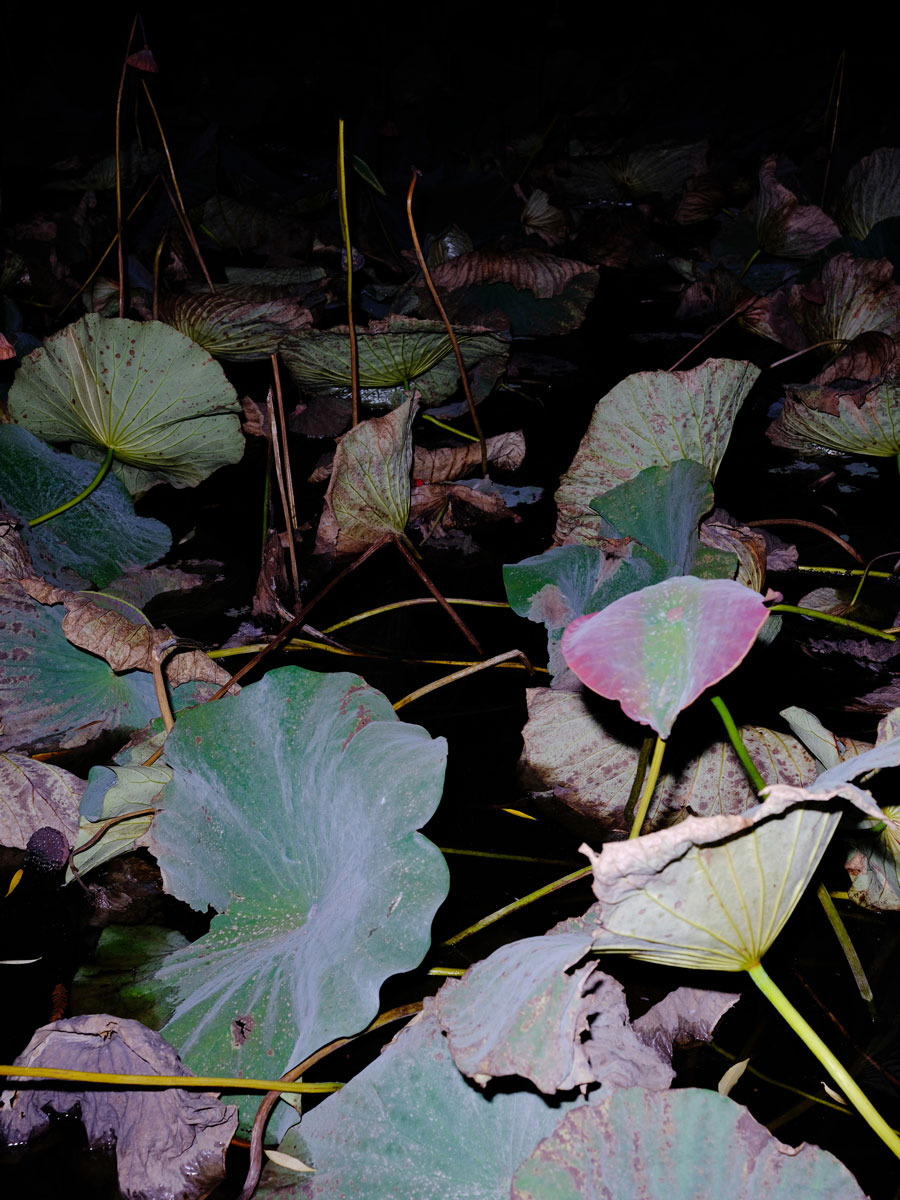
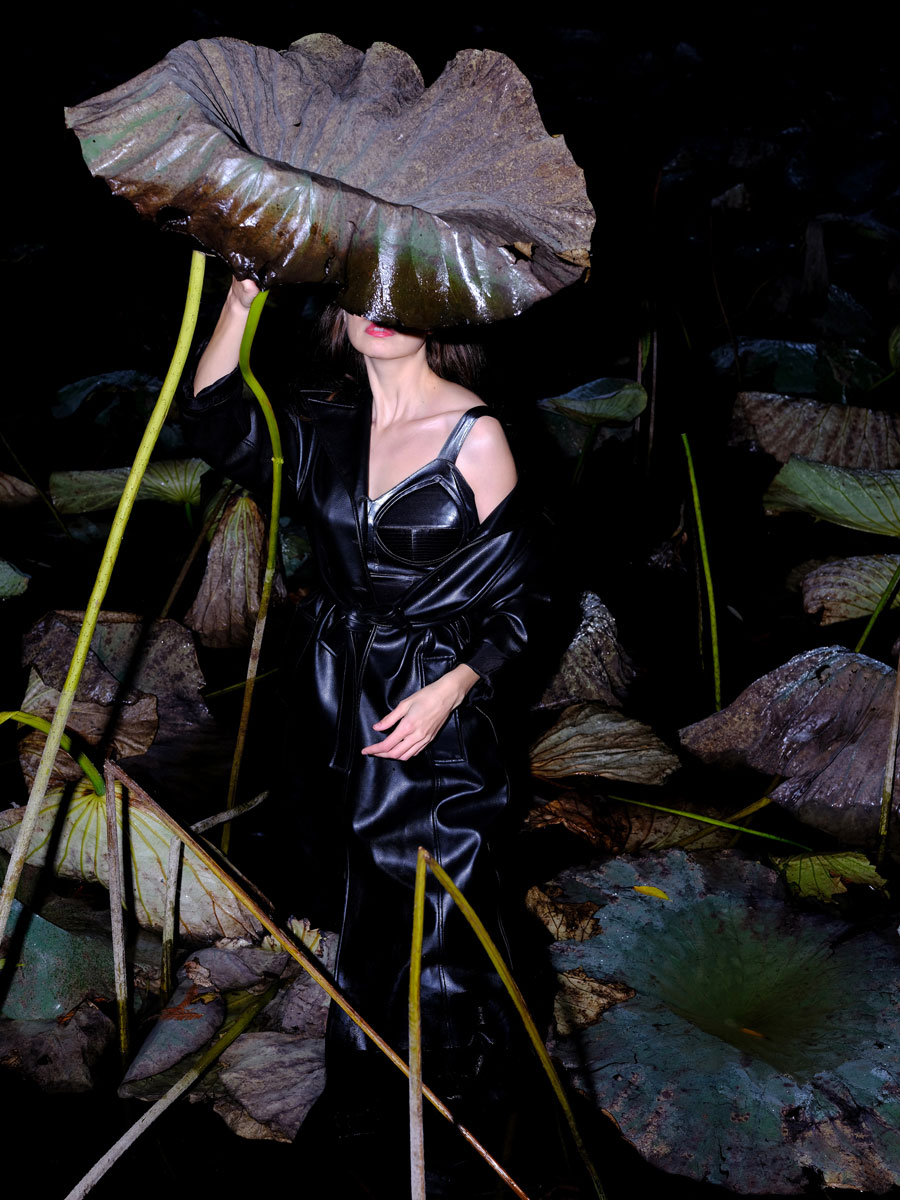
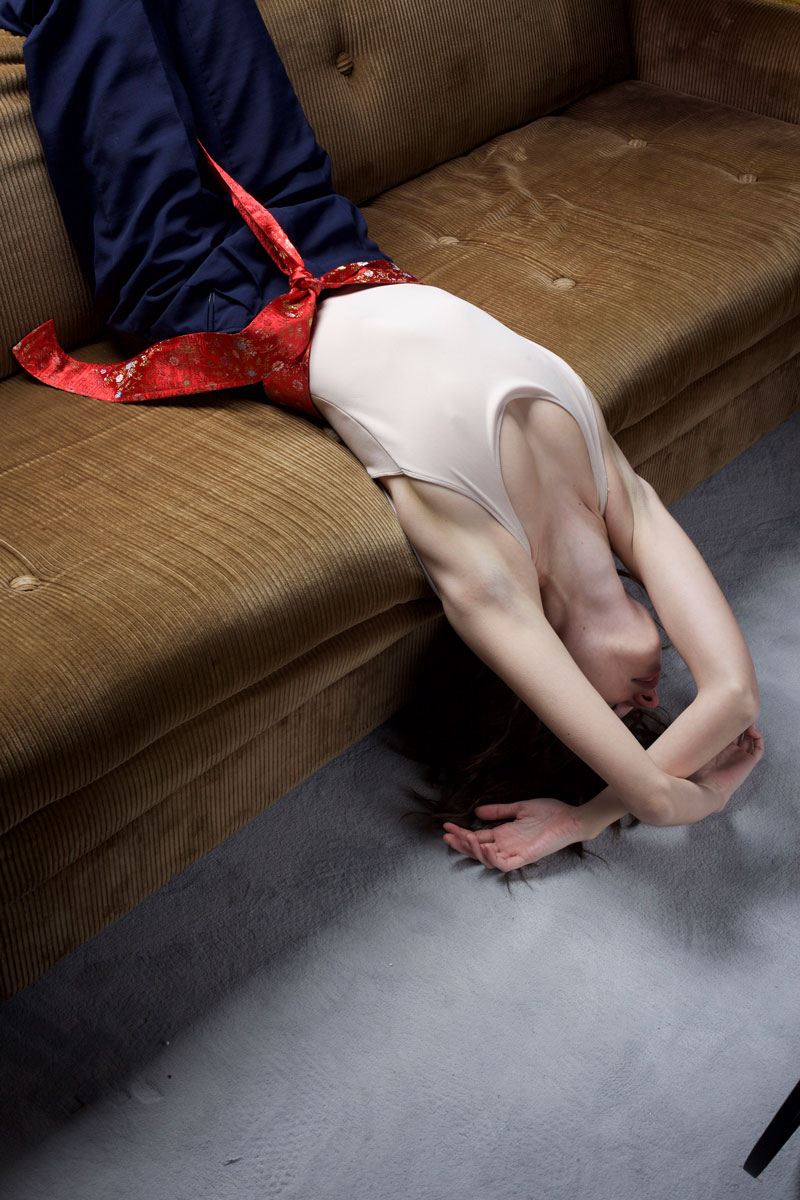
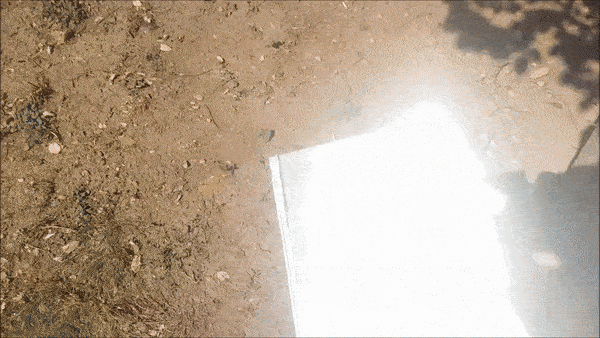
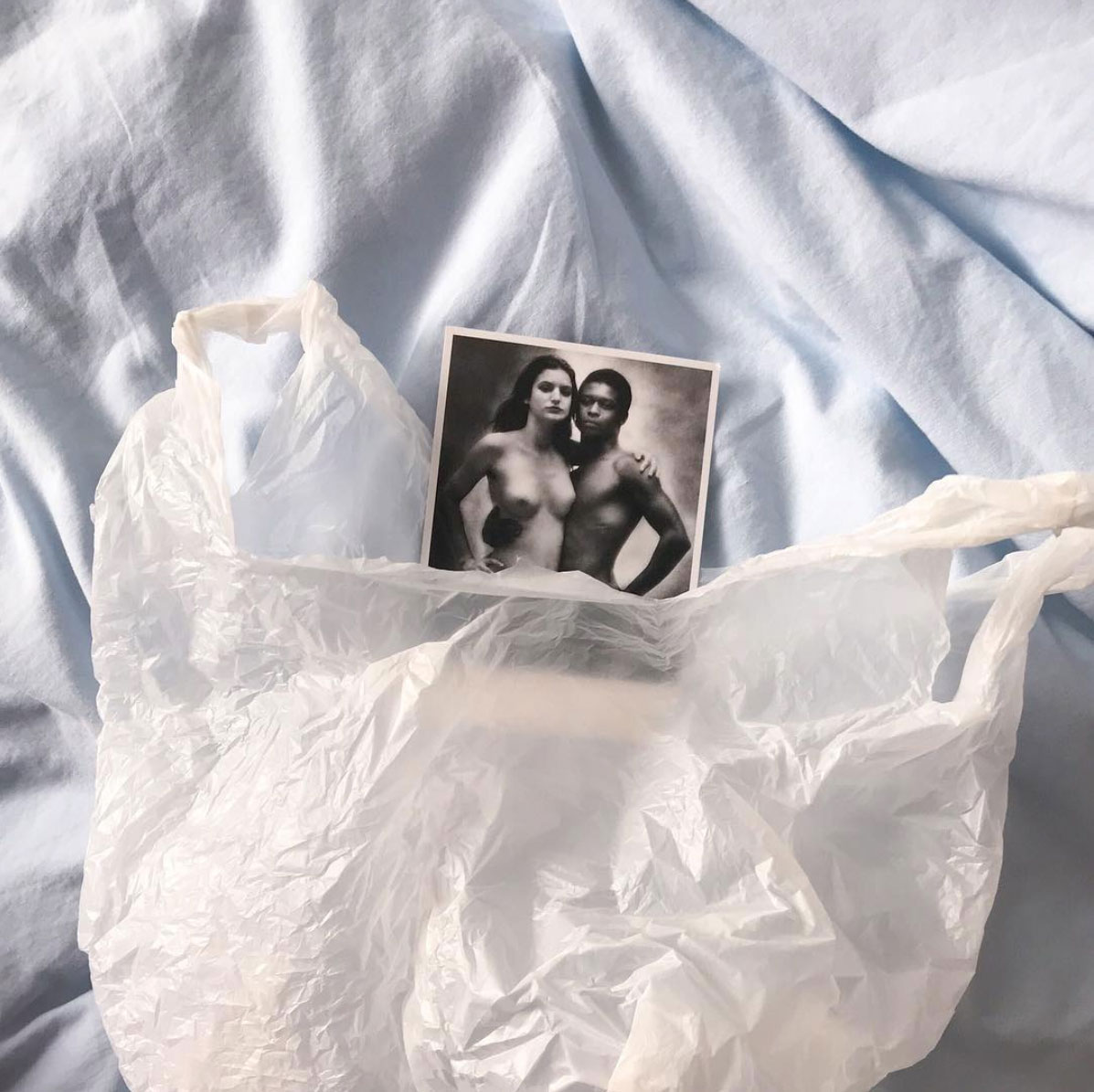
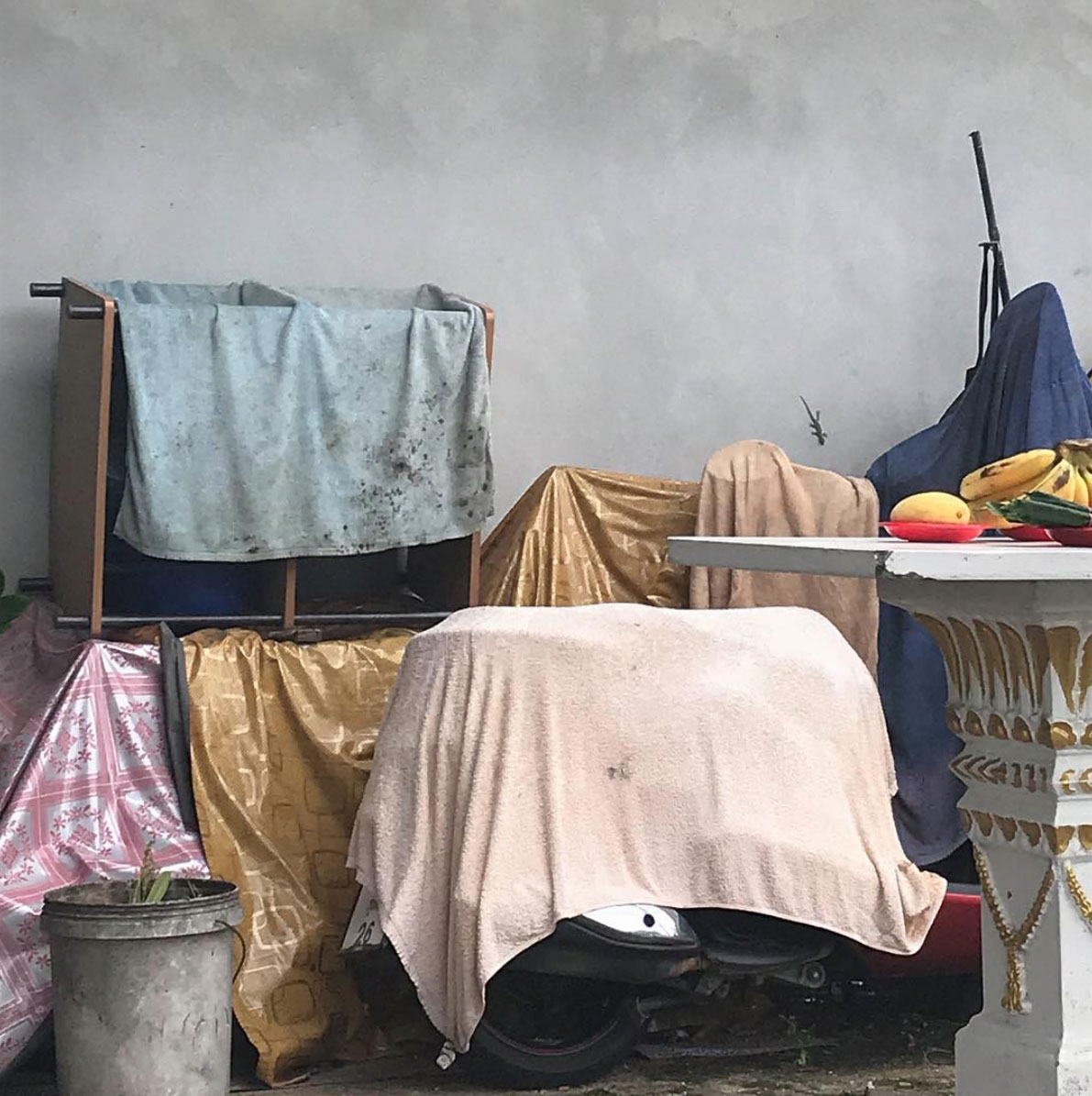
ONEIRIC.SPACE
Interview 002, Art, Spirituality
Artist Oana Tudoran on enhancing dream
experiences
Interview by Charmaine Li

ONEIRIC.SPACE
Interview 002, Art, Spirituality
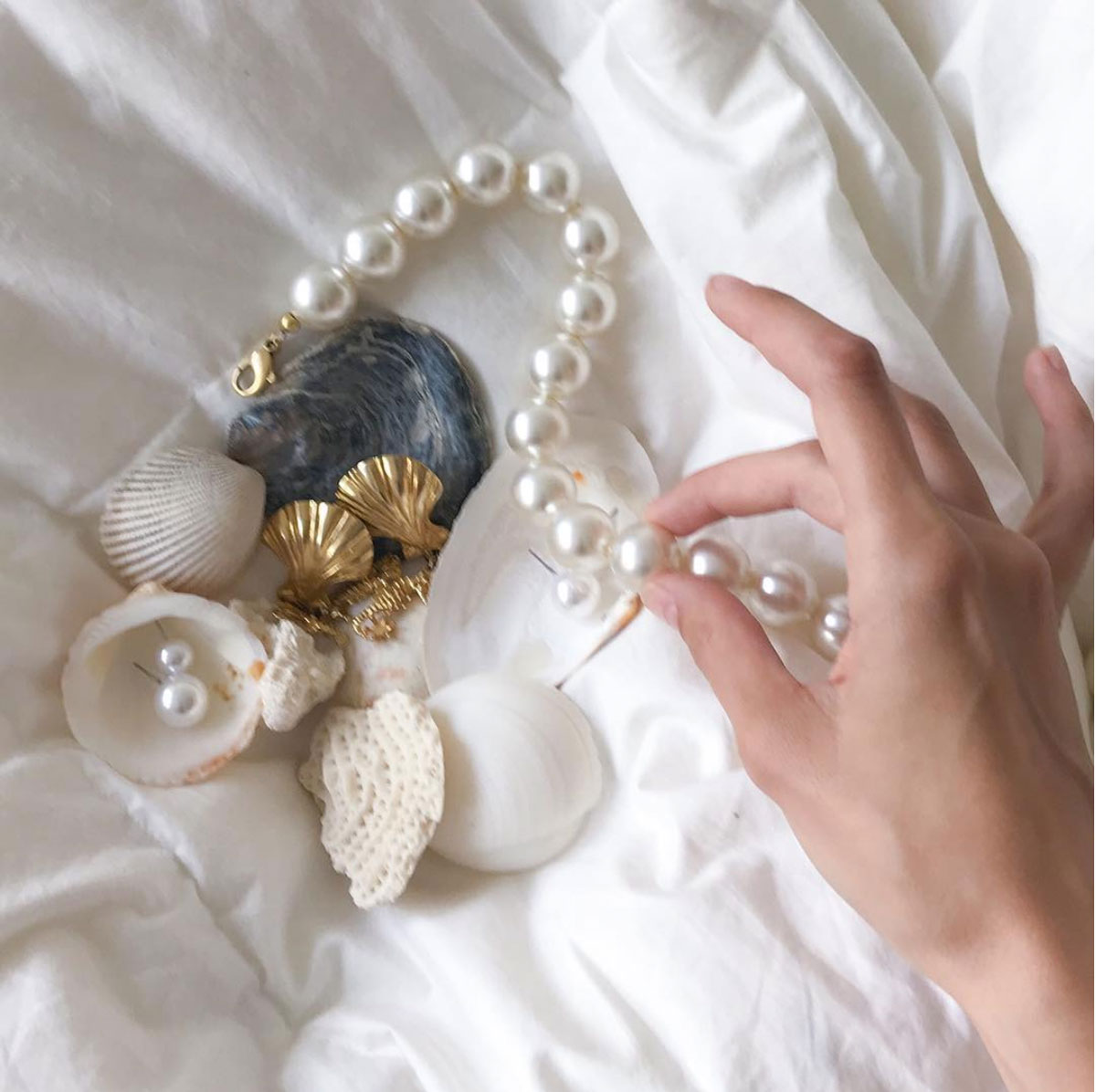
Artist Oana Tudoran on enhancing dream
experiences
Interview by Charmaine Li
Oana Tudoran is a Romanian artist using soft gestures and tender movements to evoke the complexity of emotions and inner states, often against the simple and tranquil backdrop of her own apartment. She performs, she writes, she dances. After an Instagram ping pong about ‘Still Life with Woodpecker’ by Tom Robbins and then a brief email exchange, we met online to chat, except that every time we started getting deeper into a topic, the connection would break up. We tried on three different platforms (Oana even burned some incense for good internet connection vibes) before we could sustain a conversation for more than fifteen minutes. At one point, she showed me her copy of ‘The Red Book’ by Carl Jung and I showed her my copy of ‘Memories, Dreams, Reflections’ by Carl Jung—it felt like an instance of synchronicity. We spoke about sleep paralysis, indelible childhood dreams and her desire to intensify dream experiences.
Dani Gherca — @danigherca
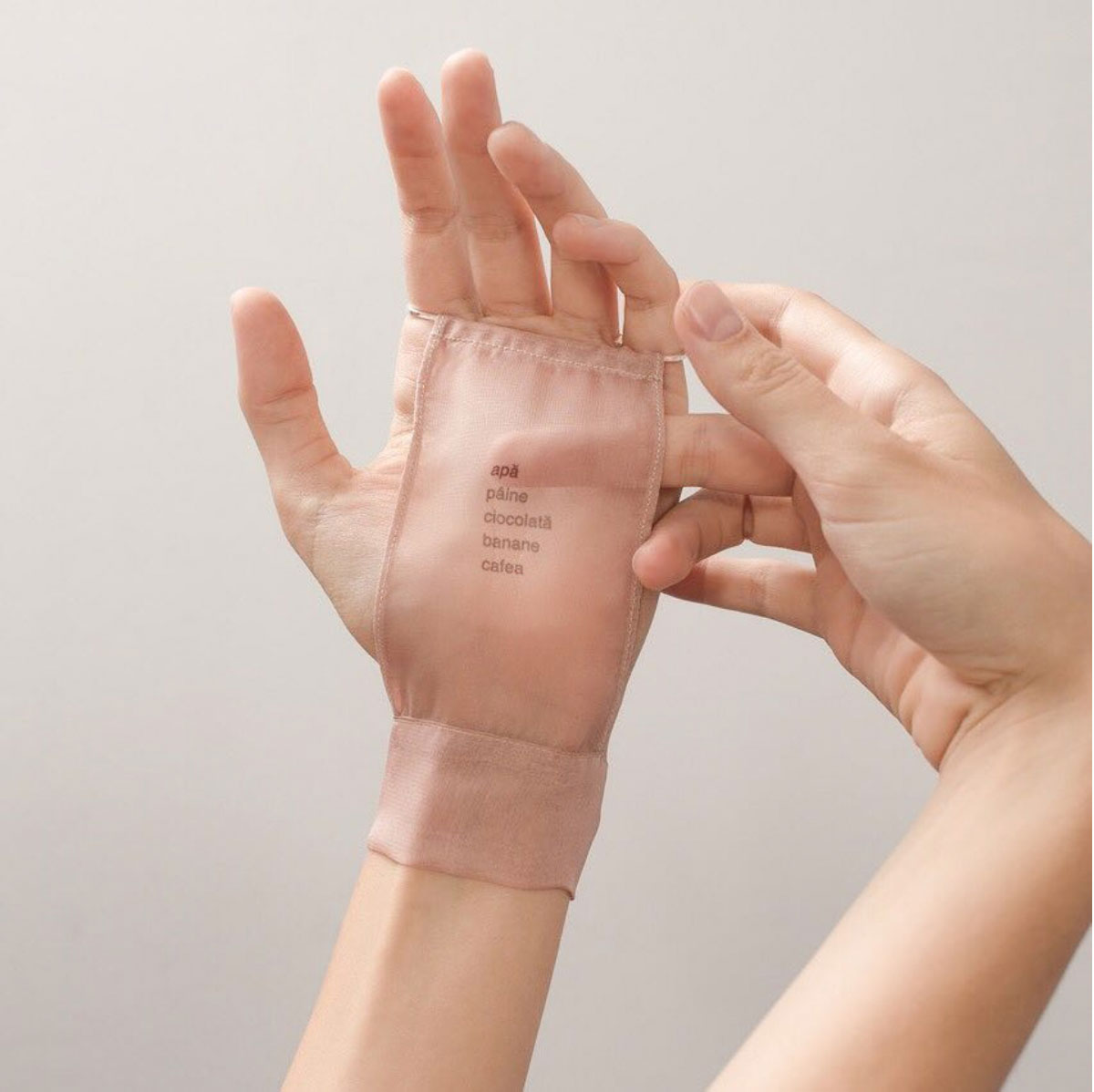
CHARMAINE LI : In ‘Still Life with Woodpecker’, there’s a passage that says, “We all dream profusely every night. Yet by morning we've forgotten 90 percent of what went on. That's why poets are such important members of society. Poets remember our dreams for us.” When did you become interested in remembering your dreams?
OANA TUDORAN : In high school, I started having strange and scary experiences at night where I couldn’t move and had auditory hallucinations. I later discovered that these were episodes of sleep paralysis. Many people have visual hallucinations, but I only heard sounds, like weird radio signals and voices. Back then, none of the doctors could explain what I was experiencing, so that’s when I became interested in dreams. My biggest fascination was with lucid dreaming, which is when I knew I was dreaming and could wander around, modifying things and interacting with people the way I wanted to. After recording my dreams for many months, it became easier and easier for me to become lucid.
Dani Gherca — @danigherca
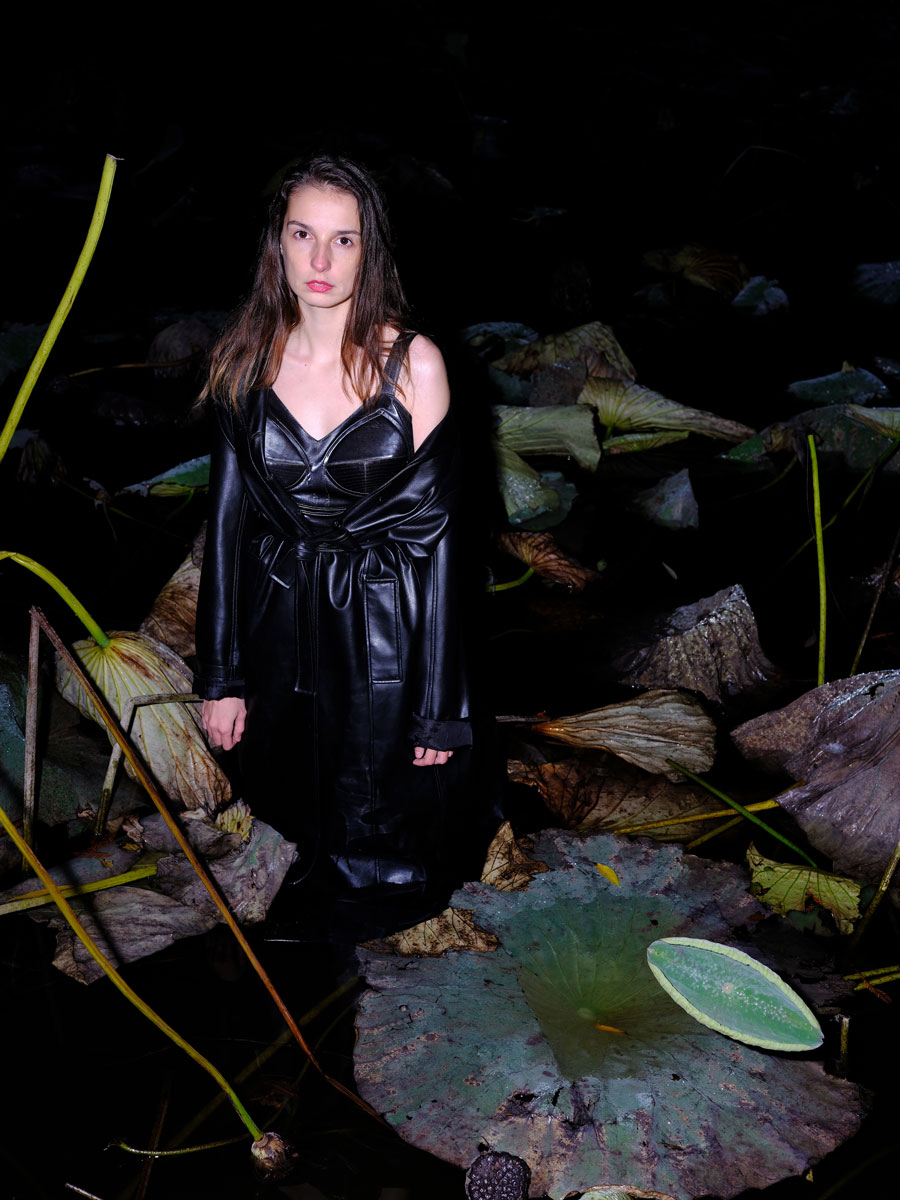
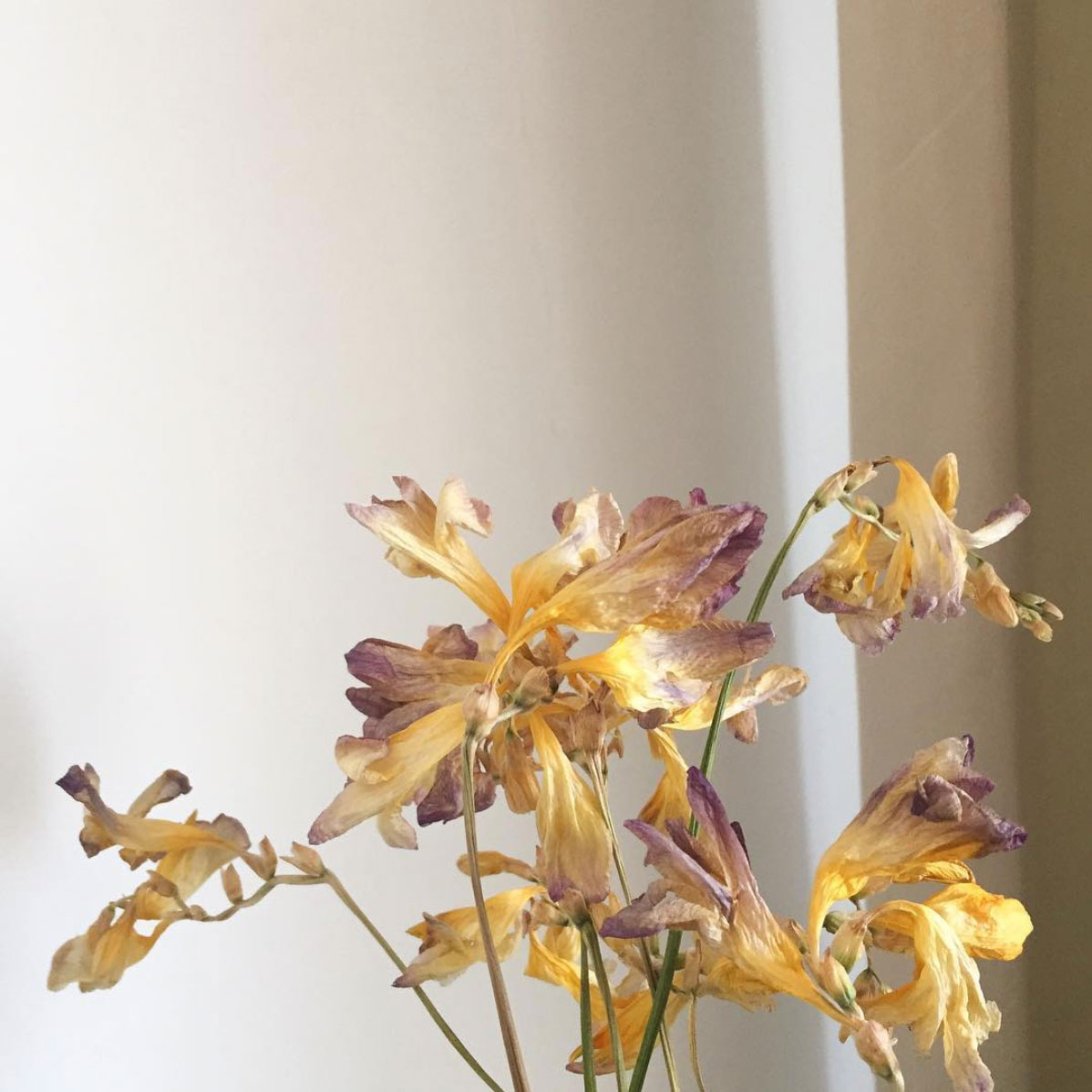
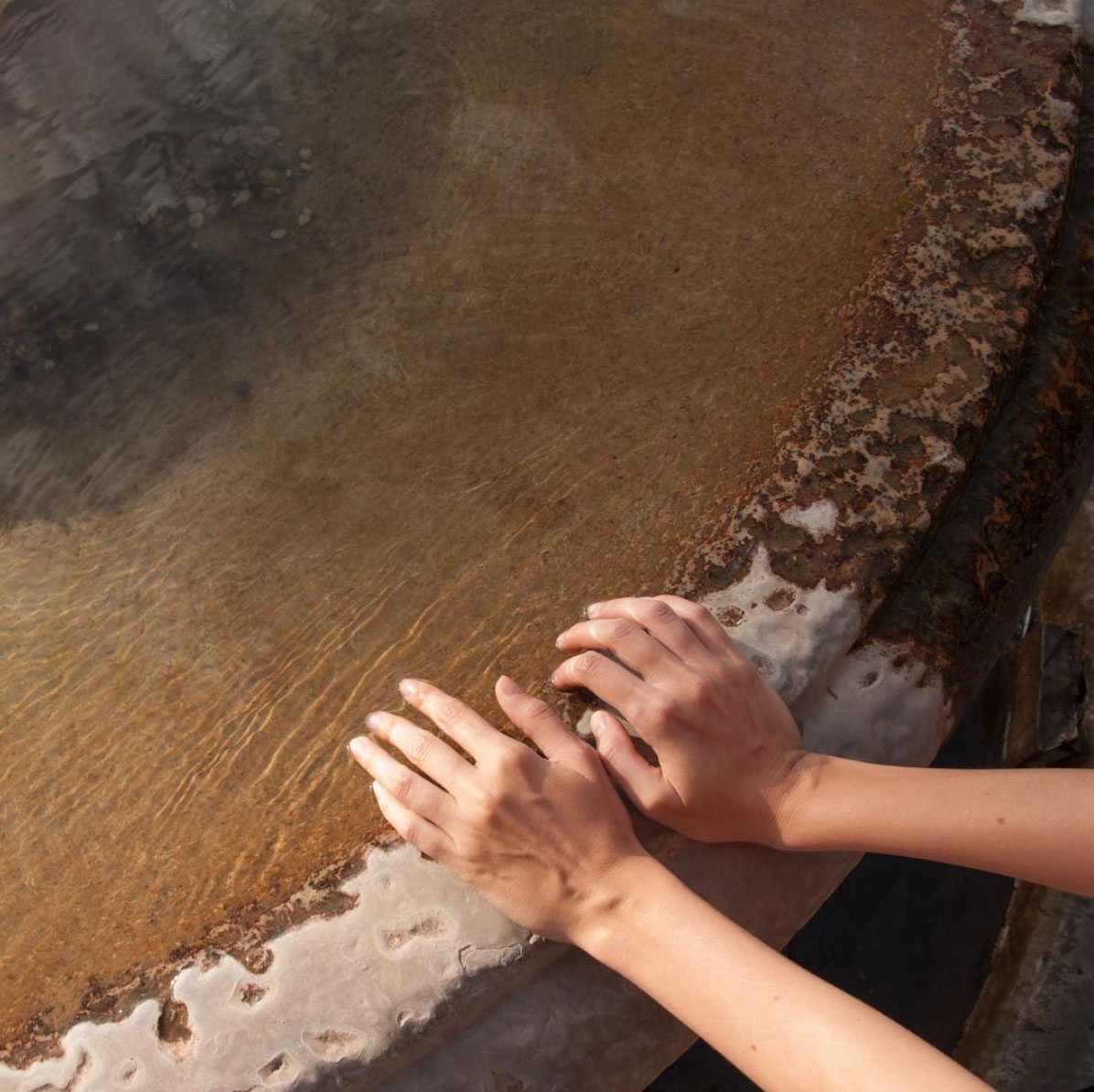
Dani Gherca — @danigherca
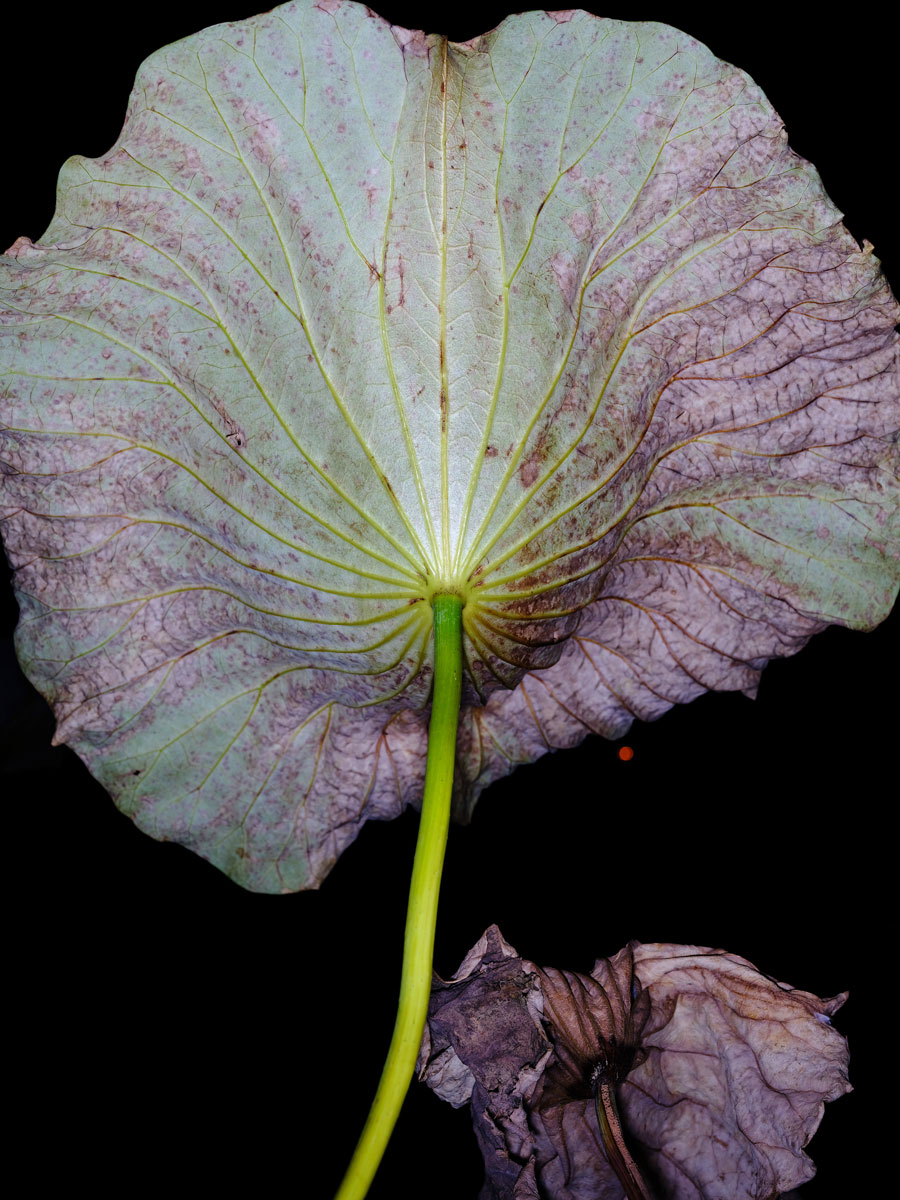
Hmm, that’s interesting because my first experience with sleep paralysis also piqued my curiosity about dreams. How did you learn to become lucid in dreams though?
It’s not something I learned through research or reading because at the time it wasn’t very common to look stuff up online yet. It was more intuitive—I knew I wanted to control a situation that seemed to be beyond my control. In one lucid dream, I was pulled out of my body and floating above my bed. When I turned around I could see myself sleeping and it didn’t feel like a normal dream. It felt like a universe that was subtly pressed into this one. I started walking around and then suddenly I fell through many layers. Each layer was another universe where I met different characters, but I felt like I was interfering on their world the entire time. The bottom layer was a deep pit that kept getting smaller and smaller until I met myself at the end. I looked at my physical body and started kissing myself. At some point, I realized that the self I was kissing didn’t want to be kissed and that I was attacking it somehow, or invading its personal space, so I stopped, moved back and went back to life. Being lucid in dreams can get really interesting… Have you ever tried it?
Did your parents talk to you about dreams growing up?
I don’t think they did, but I've never thought about this… Actually, now that I think about it, I remember my aunt, my mother’s twin sister, telling us about some strange experiences she had as a teenager. Sometimes, when she tried to go to sleep, she felt like she was falling through time and space so rapidly that she would fall right through and crack the universe. She knew she had to wake up, but she couldn't because she was paralyzed. It sounded so intense and it was very scary for her. Did your family talk to you about dreams?
On rare occasions, we might have briefly talked about what we dreamed the night before, but it wasn’t something we regularly discussed. Similar to you, I had a couple of very vivid dreams as a child that made me curious about this realm. However, it wasn’t until my early twenties when I experienced sleep paralysis for the first time that I really felt the desire to delve deeper into the world of dreams.
What happened?
No, not yet. Oftentimes, I'm aware that I’m dreaming but have never tried to change anything in it, even though I was intrigued by lucid dreaming after watching ‘Waking Life’ by Richard Linklater and discussed it quite a bit with my previous partner, who had a lot of these sorts of experiences. For some reason, I haven’t had the urge to actively pursue it, but I definitely want to. I’m interested in hearing more about which part of this dream you actually had control over...
It's very hard to explain because it was probably just a mental process that meshed with the faith that I could control this part of my life—and a bit of imagination. I had also been trying to do this for two weeks before this dream happened, “training” myself in a way. But basically, I controlled the part when I left my body and when I stopped in each layer. I didn’t try to control the environment too much because it felt like I was interfering somehow. At one point, I called out at a man in a trench coat and tried to talk to him, but immediately I felt that I shouldn’t be seen. In other dreams, I can control many more things, like other people's intentions for instance, but sometimes it’s hard because if I try to control the dream too much, I also tend to wake up. One trick I’ve learned to prevent myself from waking up during a lucid dream is by looking at my hands.
Hands also play a big role in your performance art pieces. Is there a connection between the two?
Maybe subconsciously. For me, hands reveal a lot about a person’s interior life. Gestures, touching and everything that's connected with fingers can be very telling. Hands are so delicate, yet so strong. They’re sophisticated, yet utilitarian. There’s also a fascination with hands in iconography and religious paintings. Hands are the connection between the above and the below.
Were you aware of the dream world as a child?
There are two dreams that I had when I was around five years old that haunted me. Even today, I think they’ve both played a significant role in my life. I’m not sure if I should talk about them though… but I’ll tell you one of them since there are two. I was at the edge of a chasm holding onto a bunch of grass. I couldn’t escape, but I couldn’t fall—it was like I was somewhere in between. It was nighttime and there was fog all around and huge dragon-size foxes flying around, twisting as if they didn’t have any bones inside their bodies. I wasn’t afraid of them but I knew couldn’t go in their direction because it was their realm. When I looked at where the earth’s surface continued, there was a wall of menacing wolves, so I couldn’t go that way either. Behind the silhouettes of wolves was my father, who was wearing hunting clothing and had a rifle. I yelled at him and said, ‘Father, father, come and get me!’ And he said, ‘I’ll come, but later.’ And that was the dream. He never came, he just left me there. I was five so I didn’t have a conscious understanding of family relations and I didn’t analyze it back then, but it’s a dream that I remember intensely.
Did your parents talk to you about dreams growing up?
I don’t think they did, but I've never thought about this… Actually, now that I think about it, I remember my aunt, my mother’s twin sister, telling us about some strange experiences she had as a teenager. Sometimes, when she tried to go to sleep, she felt like she was falling through time and space so rapidly that she would fall right through and crack the universe. She knew she had to wake up, but she couldn't because she was paralyzed. It sounded so intense and it was very scary for her. Did your family talk to you about dreams?
On rare occasions, we might have briefly talked about what we dreamed the night before, but it wasn’t something we regularly discussed. Similar to you, I had a couple of very vivid dreams as a child that made me curious about this realm. However, it wasn’t until my early twenties when I experienced sleep paralysis for the first time that I really felt the desire to delve deeper into the world of dreams.
What happened?


Alta Muzica
Oana Tudoran
Dani Gherca — @danigherca
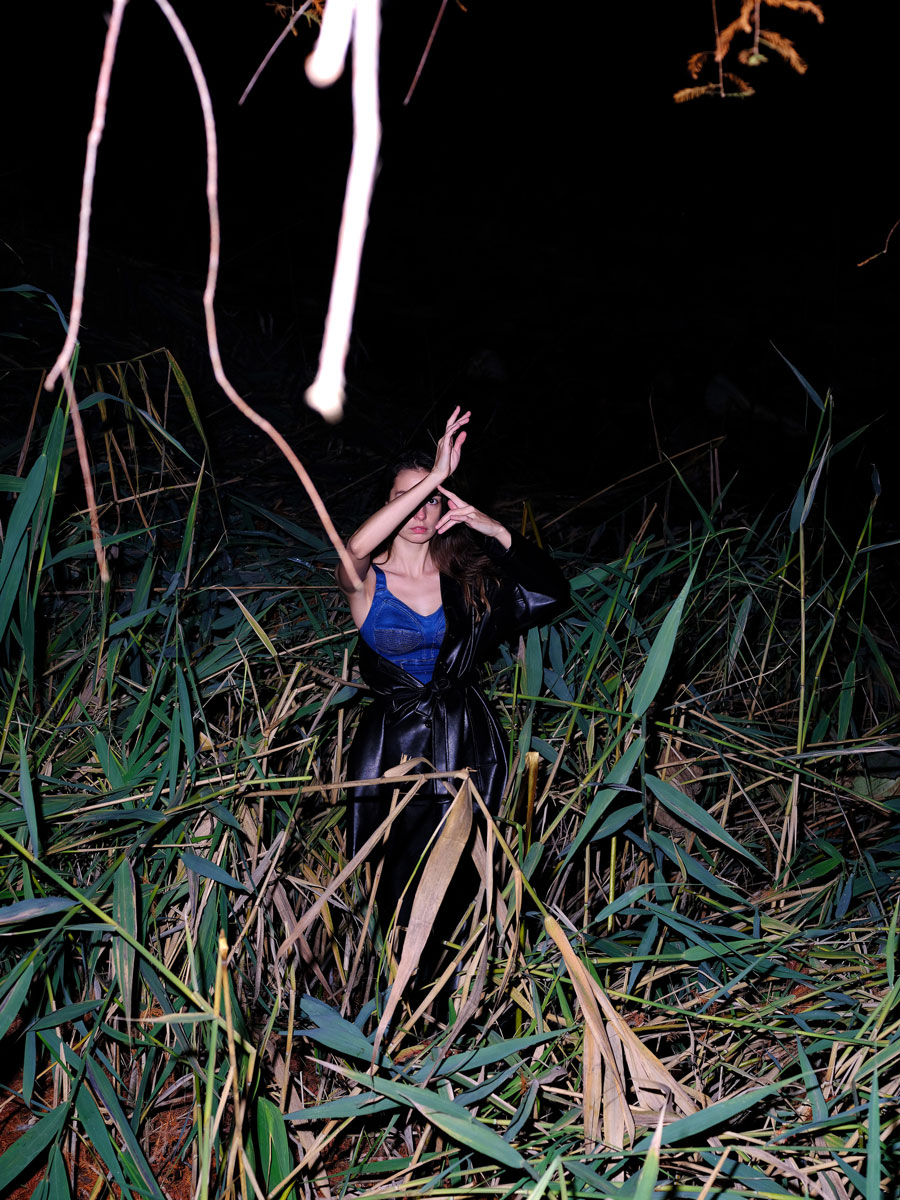
Dani Gherca —@danigherca
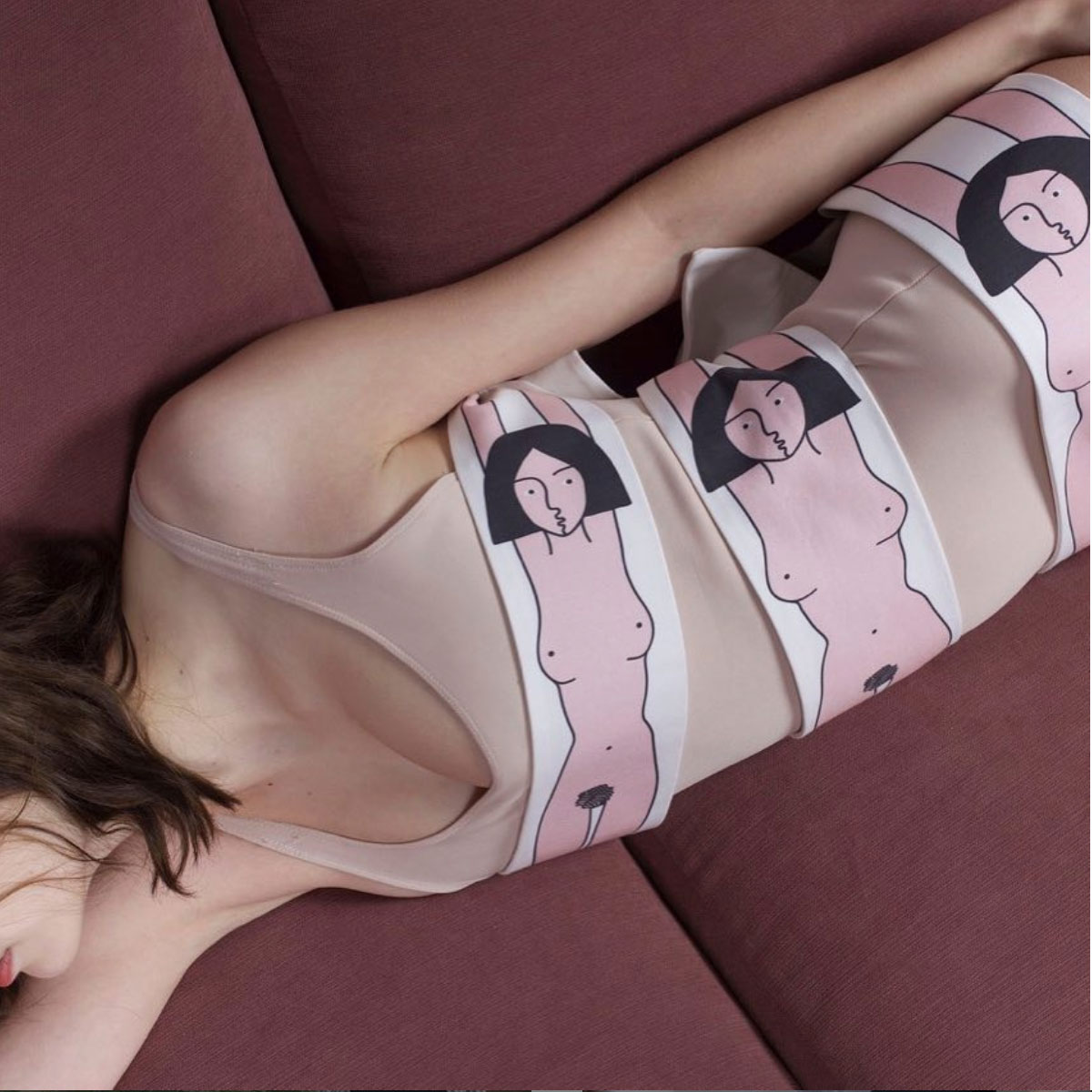
It was during university and happened after a weekend of binge drinking, taking different kinds of substances and not sleeping much. I was back at my parents’ house and sleeping in my childhood bedroom when I saw a shadowy figure made up of black and white horizontal stripes hovering over my waist. My torso felt like it was filled with sandbags. What made it feel so real was that I saw the big white closet in the corner of the room that had been sitting there since we moved into the house. I tried to writhe free and call for my mum, but I couldn’t. The creature then inserted its fingers between my legs and I could feel it scratching my vaginal walls. I desperately tried to move or scream, but I just couldn’t. At some point, I woke up and was so shaken that I was afraid to close my eyes for more than a blink.
Oh my god, that's so hardcore…
It was so intense. After that, I tried Googling “nightmare demon sitting on waist” or “ghost in nightmare hovering on body” and somehow came across the term “sleep paralysis,” which exactly described my experience. I’ve noticed that I usually get it when I’m very, very tired though.
Yeah, it happened to me when I was tired as well. Sleep paralysis is personified as a demon in many cultures. In Romania, it’s called ‘zburătorul’, which means ‘the flying man’. The whole idea is that it usually comes to teenage girls who are going through a sexual awakening and it presses down on their bodies, not allowing them to move.
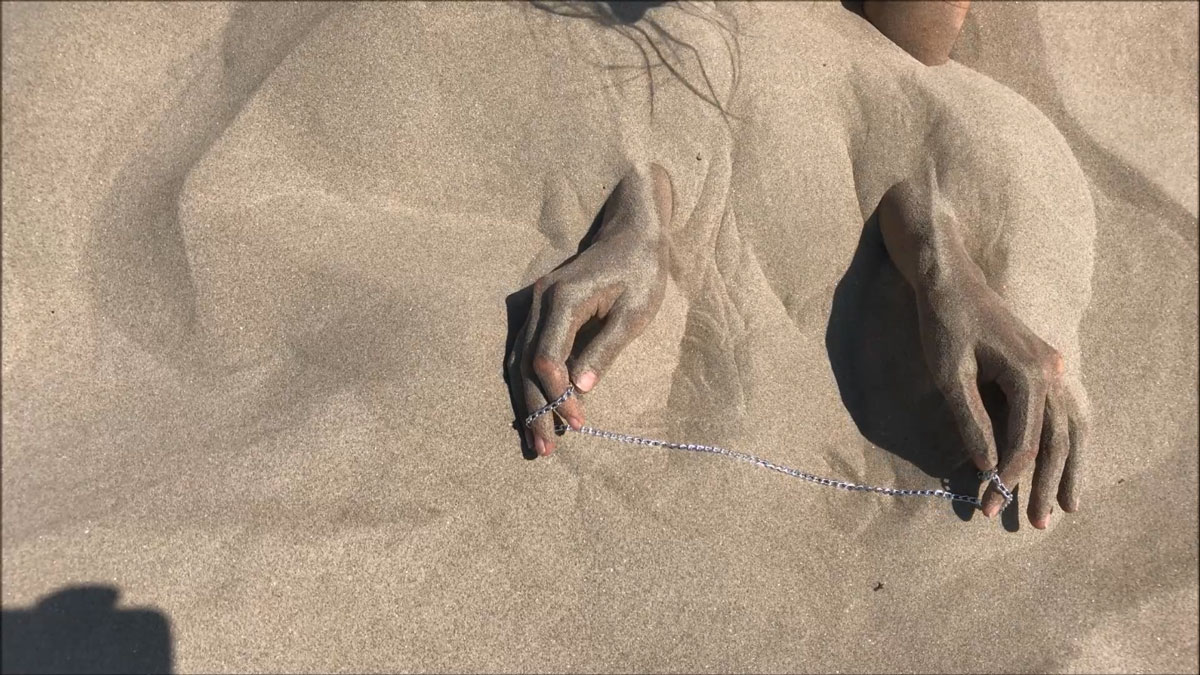

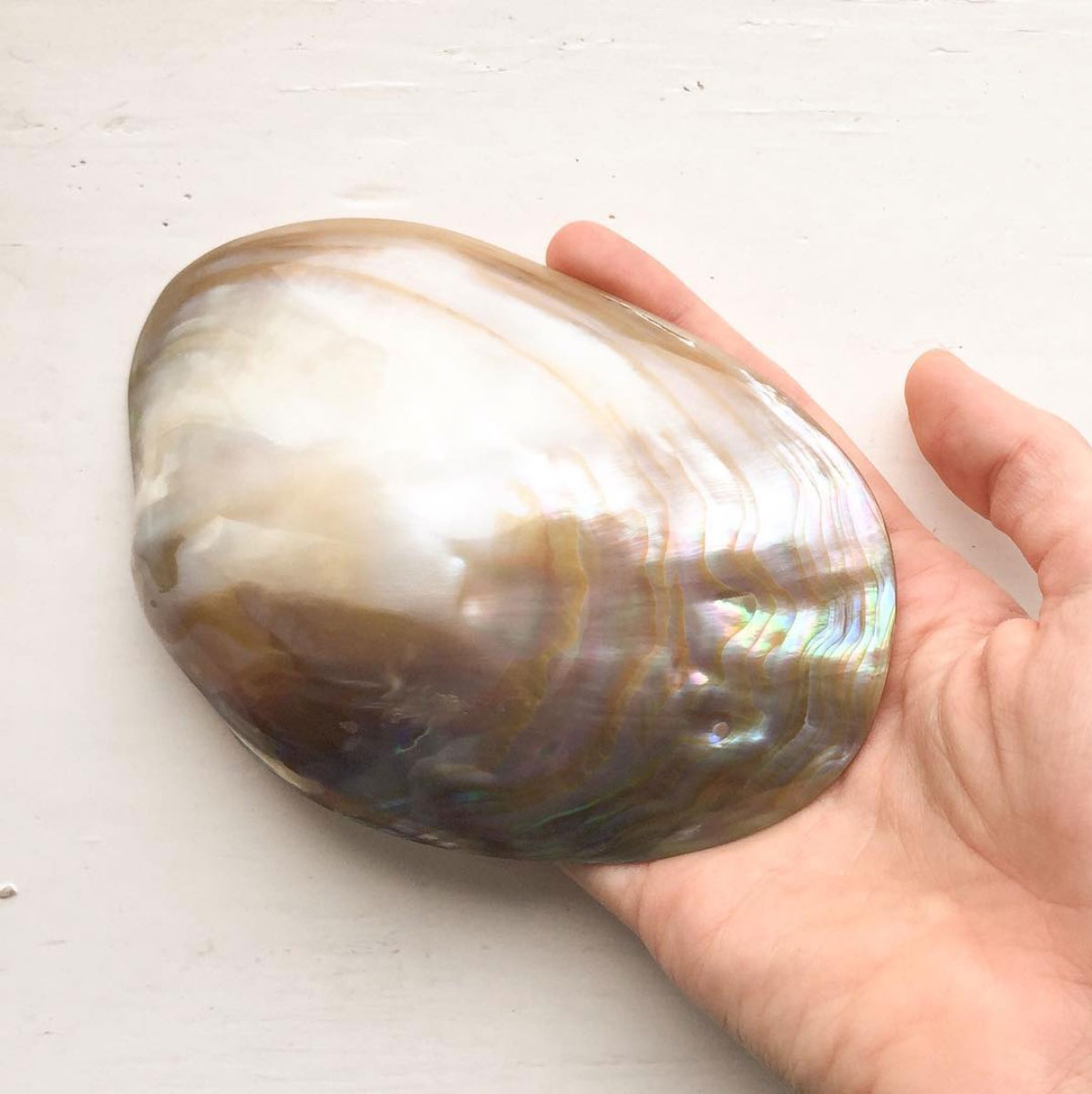
Oh yeah, I remember coming across an image of ‘The Nightmare’ (1781) by Henry Fuseli and it struck me as such an accurate depiction of where the figure was sitting on me. You’ve been recording your dreams for a long time now, what does your setup look like?
In the beginning, I had a special notebook for it close to my bed, or next to my pillow, and a pen somewhere around but because I would listen to something like white noise on my phone if I couldn’t fall asleep, gradually, I started speaking into my phone and recording them as audio files.
Do you look back on your notes or recordings periodically?
When I had around 100 pages of material, I wanted to see whether there were any patterns in my dreams. After I started looking into it, I realized how humongous of a task that was. I’d definitely need assistance to do that. So, I can’t finish that for now... Instead, I noted down the people, animals, colours, clothing and actions that appeared most frequently in my dreams. It was a really interesting process, but also incredibly difficult.
"I got ideas from my dreams. Like talking to a wise friend, dreams have helped me understand and see things in a different light."
Has the act of putting your dreams down – whether in writing or in an audio format – influenced your perception of the dream world or your waking life?
Well, initially, I started writing down my dreams for myself because I thought it would enhance my dream experience. So it wasn’t because I wanted to have an archive or because I wanted to make my waking life better by analyzing them. I don’t know exactly why I started actually, I guess I had a hedonistic desire to make my dreams better, longer, more vivid. It definitely enriched my dream life though, without me realizing it… And also my waking life, in a very practical way. I noticed that I reconnected to people in my dreams. I got ideas from my dreams. Like talking to a wise friend, dreams have helped me understand and see things in a different light. They taught me things that I didn't want to teach myself. I guess there’s power in abstract imagery that is all-encompassing but also rooted in our physical, material world. By ‘material,’ I don’t mean material goods, but rather as in our connection to the earth, our ancestors, carnal desires.
Sometimes I find it strange that people readily accept that happenings during our waking hours can seep into our dreams, yet they often neglect the idea that remnants of our dreams can trickle back into our waking lives, leaving an impact on how we think or feel during the day.
Maybe because it’s less tangible. For example, I had a dream about the apocalypse one time and it really left a mark on me. All of the elements were being maximized. Water was floating above our souls. It was all so beautiful. And I knew I was going to die, but it would have been the most beautiful death. After waking from the dream, something shifted in my perspective. It was subtle and I couldn’t pinpoint it, but something changed in me. That’s the thing about dreams, they’re so personal, intense and enveloping that it can be very difficult to talk about them with other people or try to recreate them in any way.
Do you look back on your notes or recordings periodically?
When I had around 100 pages of material, I wanted to see whether there were any patterns in my dreams. After I started looking into it, I realized how humongous of a task that was. I’d definitely need assistance to do that. So, I can’t finish that for now... Instead, I noted down the people, animals, colours, clothing and actions that appeared most frequently in my dreams. It was a really interesting process, but also incredibly difficult.
Has the act of putting your dreams down – whether in writing or in an audio format – influenced your perception of the dream world or your waking life?
Well, initially, I started writing down my dreams for myself because I thought it would enhance my dream experience. So it wasn’t because I wanted to have an archive or because I wanted to make my waking life better by analyzing them. I don’t know exactly why I started actually, I guess I had a hedonistic desire to make my dreams better, longer, more vivid. It definitely enriched my dream life though, without me realizing it… And also my waking life, in a very practical way. I noticed that I reconnected to people in my dreams. I got ideas from my dreams. Like talking to a wise friend, dreams have helped me understand and see things in a different light. They taught me things that I didn't want to teach myself. I guess there’s power in abstract imagery that is all-encompassing but also rooted in our physical, material world. By ‘material,’ I don’t mean material goods, but rather as in our connection to the earth, our ancestors, carnal desires.


New Recording.74
Oana Tudoran

It’s funny you say that, because I tried to recreate my dreams and the atmosphere of this realm through writing for a long time and it just wasn’t working, on so many levels. Using only words seemed too one-dimensional. Using only images seemed to lack depth. I guess that’s why I started ONEIRIC.SPACE... to evoke the dream world and explore how other people experience their dreams in a more dynamic way.
Dreaming is an experience that starts and ends in a different world. There are dream-like experiences, of course, but that’s something else entirely. In the realm of dreams, things are always changing and it’s all relative. It’s like nothing exists, everything exists.
A while back, you posted an audio clip of a dream recording on Instagram that was originally from a project you did with a friend, which involved both of you waking up at 4 am every morning for a month to record your dreams. It later became an installation that was part of a group show at RAUMSCHIFF in Linz in 2018. Where did the idea for the work come from?
For that, I worked with Andreea [Vladut], an artist who was brainstorming an installation for an exhibition in Linz at the time. She had the idea of creating a space where a viewer would be swaying back and forth on a swing hung from the ceiling while listening to voices from dream recordings and seeing transcribed texts from the recording all around. Part of the project required that two people record their dreams for a month and exchange it with one another. After the first week of recording, we sent our dreams to each other along with a couple of details. As weeks went by, we noticed our dreams changing and they started influencing each other in a way. There was one week in which both of us dreamed about colours, then there was a week in which both of us dreamed about birds. It was so strange because we didn’t plan that at all and probably didn’t even listen to each other’s dream recordings thoroughly. I think because there was this intention of recording our dreams and sending it to each other, it was like we were communicating on a different plane, one that is fluid, senseless and has loose corners. We didn’t talk much on a daily basis, but we talked through our dream recordings at 4 am. We weren’t very close before that and we don’t talk much now, but because of those dream exchanges I feel that we have a deeper, more intimate connection to one another than most people have. I think it's a good thing to try with somebody.


Oare Mai Am Spatiu
Oana Tudoran
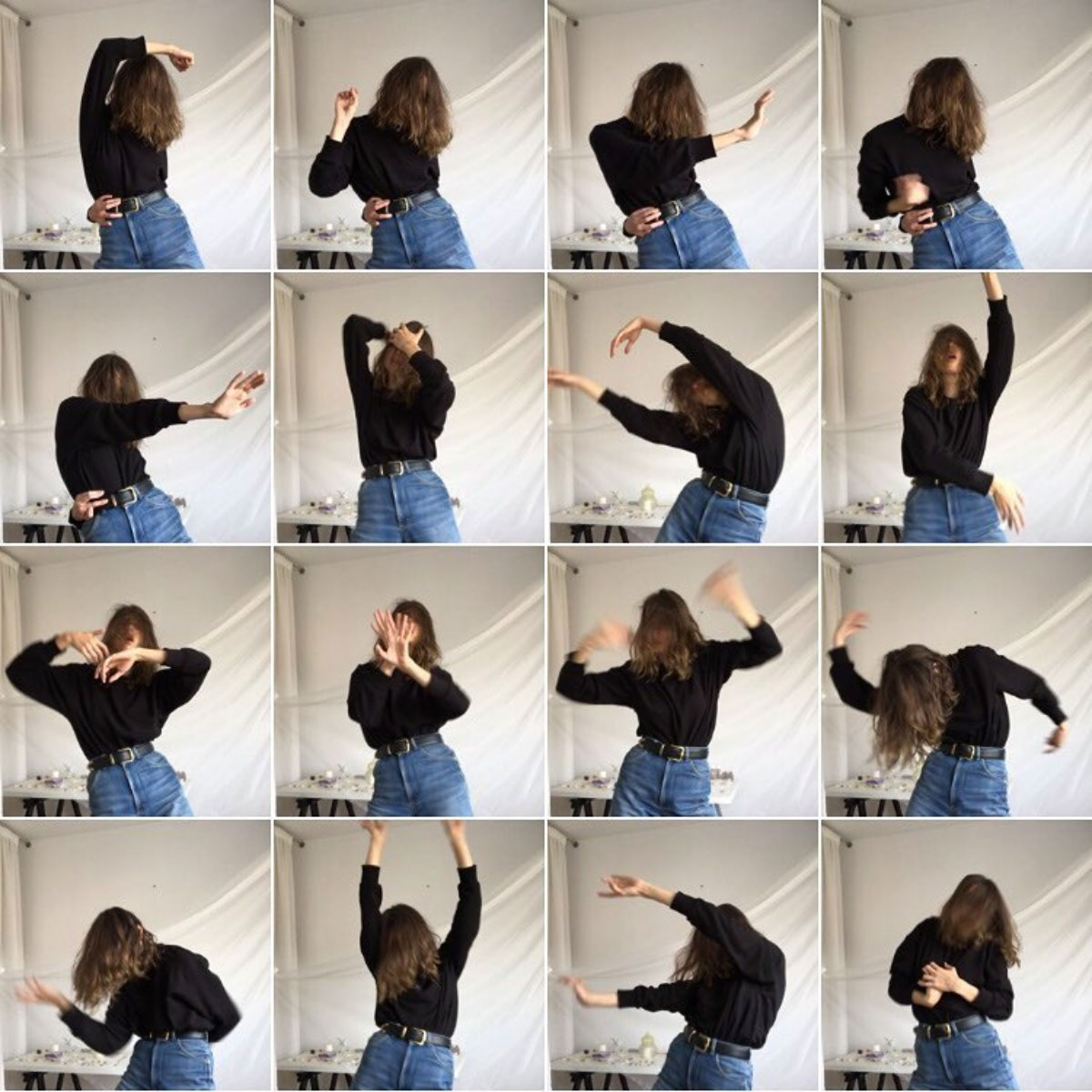
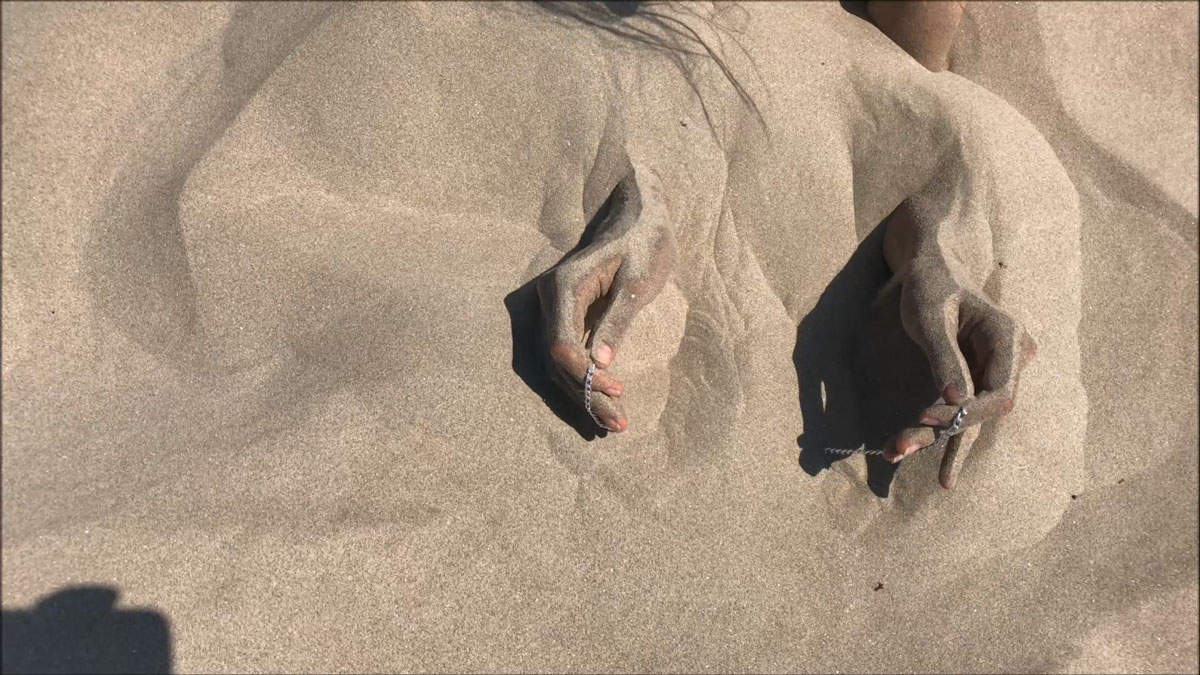
Somebody you don't know?
Or somebody you do know.
You’ve said in an email that you helped the creator of the ‘Here be Monsters’ podcast transcribe dreams he collected from people for a special project. What was that like?
Oh, I loved it and would do it again. The only problem was that it was really hard to hear everything since some audio files weren’t recorded very well. After listening to the first dream though, I was hooked on this idea of being a voyeur to a stranger’s dreams. It was so mysterious and interesting to hear people waking up, being tired, being so themselves and so intimate with a recording device. Behind every word, there seemed to be a hidden power and meaning. It was special because it was such a contrast to how people usually talk when they’re awake and have created a mask for society already. Instead, I felt like I was lying next to them in bed and there were a few centimeters between us.
I love that time between sleeping and waking. It’s the only time of day when we’ve been steeped in only our sleep and our selves for around eight hours. No external input. No notifications. No facades.
Totally.
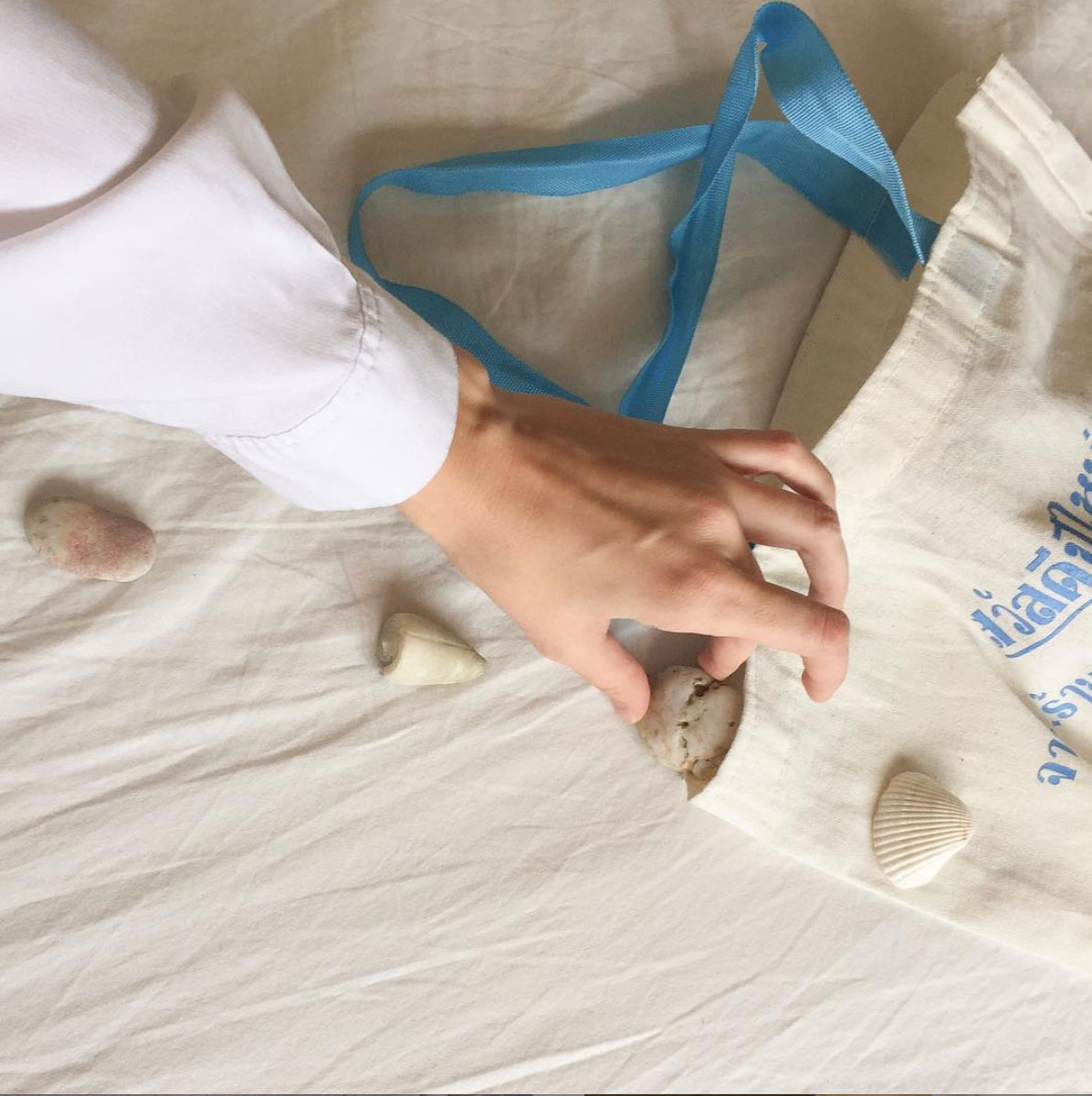
Is there any book, thing or technique that helped you delve deeper into your dreams?
I always had an intuition that there’s more to the world than meets the eye. Every experience and person that I encounter, I see something more, something else, something invisible—something that’s powerful and present that I can't explain. Dreams help me unlock this for me, because dreams are like contours of the material world. But there are many other worlds that do that. I think I always try to deepen the mystery of dreams because that's where the richness comes from, something that is unknown.
That reminds me of the last chapter in Carl Jung’s autobiography, where he writes, “It is important to have a secret, a premonition of things unknown. It fills life with something impersonal, a numinosum. A man who has never experienced that has missed something important. He must sense that he lives in a world which in some respects is mysterious; that things happen and can be experienced which remain inexplicable; that not everything which happens can be anticipated. The unexpected and the incredible belong in this world. Only then is life whole.”
Just because the dream world contains an unknowable aspect, it doesn't mean it’s not real. Being open and acknowledging that this unknown realm exists has helped me fall into the world of dreams. ‘It’ exists, whatever ‘it’ is. When I started recording my dreams, I thought to interpret your dreams was a task for someone who was outside of yourself, someone who could see everything objectively and had some kind of theoretical background. But then I realized that no one could interpret my dreams except myself because the symbolism is so specific to me. I think anybody can start interpreting their own dreams, but you need to have the desire to open that door.
This interview has been edited and condensed. PHOTOGRAPHS AND VIDEOS BY OANA TUDORAN AND DANI GHERCA (@DANIGHERCA) AND IN COLLABORATION WITH IMACULATURA.